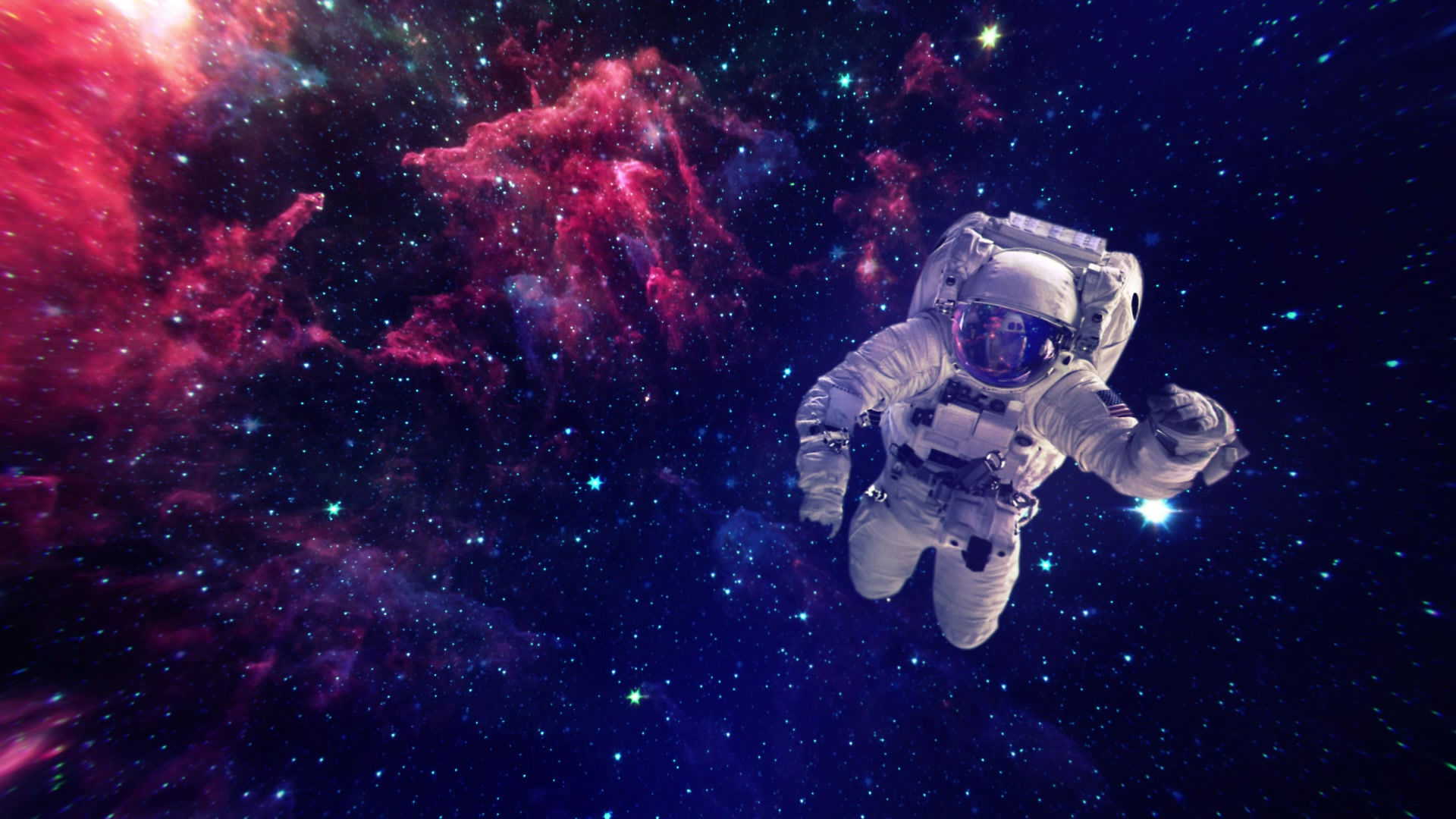3D Printing Hearts and could printing them in Space be the future ?
- hederahelixscience
- Feb 9, 2024
- 3 min read
Nearly 106,000 Americans are currently on waiting lists for organ donations, 17 die each day while waiting according to the federal Health Resources and Services Administration.1. With new technology available we could soon see 3D print organs used as a replacement to donor organs in transplant surgery and medical training.
Why 3D printing organs are better than donor hearts
3D-printed organs are constructed out of stem cells taken from the patient therefore the likelihood for a patient’s immune system to recognise a 3D-printed organ as its own rather than a foreign object would theoretically increase. 2. This would result in significantly less cases of organ rejection. 3. As well as removing the wait time of 267 people on a waiting list for a heart transplant and 46 of them had already been waiting 3 years and an adult waits 1,033 days and a child 357 for a non-urgent heart transplant. 4.
Organs are allocated by weighing geographic proximity and medical need and the hearts and lungs must be transplanted within four to six hours so they are sent to the nearest donors even if they don’t necessarily have the greatest medical need.The lack of donor organs creates a difficult choice for patients as when you are on the list the organ available may not be a perfect match. Accepting a less than perfect organ is dangerous but can cause long lasting health problems. 5.
One of the most common complications of a heart transplant is rejection of the donor heart. This is where the immune system recognises the transplanted heart as foreign and attacks it.This rejection usually occurs in the days, weeks or months after the transplant, although it can sometimes happen years later.However this can be reduced by immunosuppressant medication but cannot always prevent it completely. 6.
What does 3D printing look like
3D-printed organs are made out of a cellular mixture known as bio-ink which usually consists of cultured cells that are paired with hydrogels, e.g. gelatin or alginate, which help construct structures, or scaffold, of an organ and protect living cells during the printing process. 7. The new lab-grown heart tissue beats just like a normal human heart and comes equipped with the blood vessels it will need to survive once it is transplanted into a patient. 8.
Benefits to 3D printing hearts
With life-sized heart models printed on materials as soft as skin or as tough as bone, surgeons can assess the best surgical route and even practise the surgery to determine the best course of action prior to an operation. 9. Makes heart surgery even safer as surgeons can practise on realistic heat models. This would hopefully decrease mortality rates in heart related conditions.
Why space might be a better alternative to 3D printing in labs
Several doctors have tried to 3D print organs in the lab, with mixed results as organs have complex internal structures e.g. hearts and lungs and tend to collapse under their own weight. 10. Five Belgian companies and research centres are joining forces in the AstroCardia project, which will involve a 3D bio-printed heart and circulatory system being sent into space to study heart health and ageing.This is because they are trying to better investigate how the heart ages and doing this in space would be different to on earth could be more beneficial as space is known to induce changes in the cardiovascular system similar to the ageing process on earth.11. This is a new approach to further understanding ageing processes in the heart to be able to treat more heart related issues and discover new conditions.
3D printing hearts would be the best way to improve the current way we both perform heart surgery as well as learn how to perform heart surgery. This is because it creates a more realistic training for medical professionals to practise complex surgeries and it also will allow more research into heart conditions. It also would massively decrease the wait time to receive a donor heart. The research currently going into printing hearts in space allows us to see the effects that ageing has on the heart to develop new treatments.
Jessica Barras







Comments